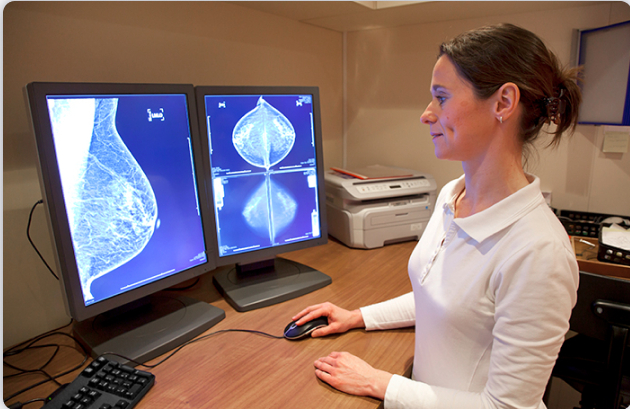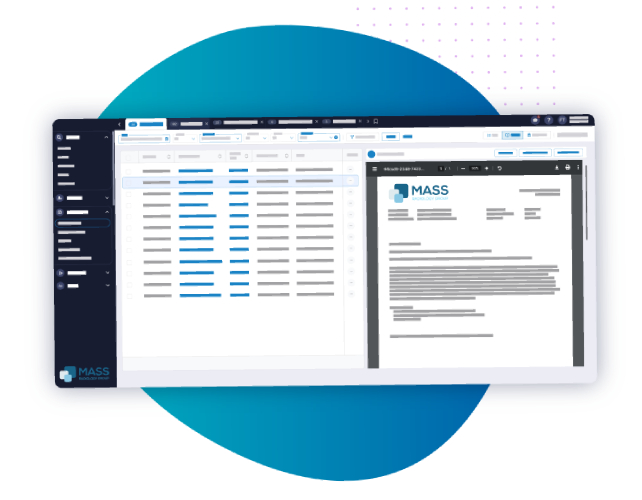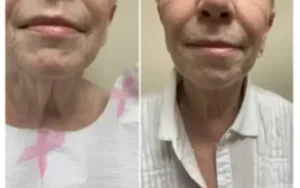Exploring The Benefits Of Radiology Patient Engagement

Radiology patient engagement (RPE) is a term used to describe the communication between radiologists and their patients and the initiatives taken by healthcare professionals and organizations to provide personalized care and create positive patient experiences. This includes providing patients with information about their imaging results, service options, and treatment choices. RPE strives to create better patient care decisions, improve patient satisfaction, and enhance patient experience. The goal of RPE is to make sure that patients have meaningful and effective communication with their healthcare team, utilizing pre-appointment, peri-appointment, and post-appointment interactions between the radiologist and the patient.
How Radiology Patient Engagement Can Improve The Healthcare Experience?
Radiology patient engagement has become increasingly important in the healthcare environment, as it can help to provide better communication and overall patient experience. Healthcare providers can increase patient engagement by encouraging patient involvement in their healthcare decision-making process. Through patient engagement, healthcare providers can obtain more information about each patient’s needs and preferences, helping to ensure that the patient receives the most appropriate care. Additionally, patient engagement can help healthcare providers to effectively educate patients on their imaging results and treatment options, as well as management strategies for follow-up care.

Utilizing Radiology Patient Engagement To Increase Patient Satisfaction
In order to increase patient satisfaction, healthcare providers must focus on providing a quality experience. Radiology patient engagement is one means of accomplishing this goal and can help to ensure that patients have a positive experience with their healthcare provider. By taking steps to foster a better relationship between patients and their radiologists, healthcare providers can promote improved patient satisfaction. This includes providing clear and concise communication, setting an agenda prior to patient engagement, and allowing for questions and space for discussion. Through radiology patient engagement, healthcare providers can build trust and mutual respect with their patients and provide positive experiences for patients.
Exploring The Outcomes Of Radiology Patient Engagement In Healthcare
The benefits of radiology patient engagement extend beyond patient satisfaction to improved clinical outcomes. By providing more detailed and relevant information to patients, healthcare providers can create a more meaningful dialogue between patients and their healthcare professionals. Additionally, optimizing patient engagement can help to reduce medical errors, as patients are more likely to be aware of any potential risks or side effects associated with the imaging procedure. It is also seen as an important factor in improving the patient journey. As engaged patients are more likely to take an active role in their healthcare and better adhere to treatment plans.
Radiology Patient Engagement: An Overview For Healthcare Professionals
It involves multiple aspects of communication, including the pre-appointment, peri-appointment, and post-appointment phases. During the pre-appointment phase, healthcare providers can develop personalized treatment plans for patients by gathering information about their medical history, current medications, and concerns. During the peri-appointment phase, healthcare providers can ensure that patients are adequately informed about their imaging results, and provide guidance regarding treatment options. Healthcare providers can follow up with patients to ensure that they are adhering to the prescribed treatment plan and that their imaging results are accurately interpreted.
Examining The Benefits Of Radiology Patient Engagement In The Healthcare System
They can have a positive impact on the healthcare system by improving the quality of care and patient satisfaction. Studies have shown that improving patient engagement can lead to greater compliance with treatment plans, better communication among healthcare providers and patients, and improved patient understanding and satisfaction with their imaging results. Additionally, patient engagement can help to reduce the cost of care by decreasing medical errors and providing better patient education and support.
Enhancing Radiology Patient Engagement For Improved Care
Healthcare providers can take several steps to enhance radiology patient engagement, such as communicating clearly and providing comprehensive information to patients about their imaging results. Additionally, providers can create a comfortable environment and foster an atmosphere of trust through active listening and mutual understanding. Providers can also use visual aids to improve patient understanding of imaging results and incorporate feedback from patients to refine their practices.
Integrating Radiology Patient Engagement Into The Healthcare Model
Radiology patient engagement should be integrated into the overall healthcare model as a means of providing better outcomes and a more positive patient experience. Healthcare providers can ensure that patient engagement is incorporated into the operations of their organization by creating a formal patient engagement plan and establishing policies and procedures to ensure effective communication. Healthcare providers should also utilize patient feedback to improve practices and refine their patient engagement plan.
Conclusion
Radiology patient engagement is an essential component of providing quality healthcare. It can help to improve the patient experience, enhance communication between healthcare providers and patients, and promote better medical outcomes. Healthcare providers can use radiology patient engagement to not only provide better care but also to improve patient satisfaction and reduce medical errors. By integrating radiology patient engagement into the healthcare model, healthcare providers can provide an improved patient experience and ultimately, better outcomes.

Lyle Vasquez is a technology blogger based in Connecticut. He has been passionate about technology since early childhood when he used to take apart and rebuild computers in his parent’s garage. Lyle’s tech-related blog posts are written to help others learn how to use the latest technology tools and devices. He loves to find new ways to integrate technology into everyday life. Lyle is a great resource for tech enthusiasts looking to stay up to date on the latest technologies.








